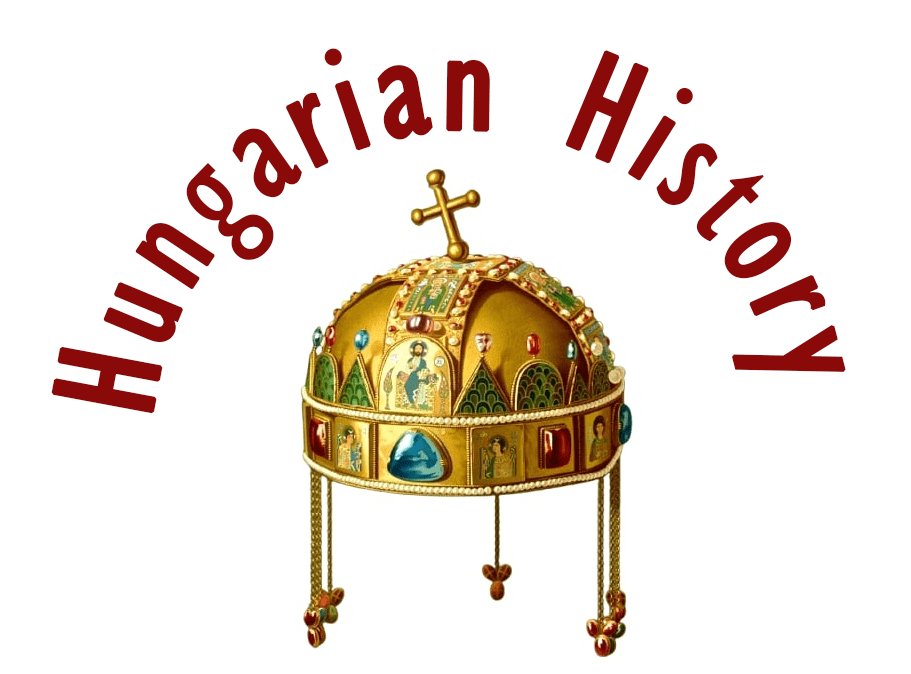
In the summer of that year, in the second half of July, the Bey Velidzsán of Fehérvár had already raided the villages on the border of Zala and Veszprém counties. He returned home with a large booty of 1000 prisoners. At the same time the Beys of Dervis of Pécs, Veli of Esztergom, and Arslan of Hatvan, under the command of Kászim of Buda (who had just been deposed but remained in his place), launched an attack on the Hungarian Borderland opposite their strongholds.

They were less successful, but in the meantime, Kászim took the castles of Gesztes and Vitány. At the end of the summer, the Turkish officers began another coordinated raid, as part of which Velidzsán (who was no longer officially the Bey of Fehérvár, as Kászim had been placed there, but remained in his place) launched an attack on 31 August 1551. His army, breaking through between Tihany and Veszprém, reached Szentgrót, destroying most of Zala County, plundering the Pauline Monastery of Örményes, the burial place of the Kanizsai family, and uprooting the remains of Kanizsai Orsolya’s mother, Drágffy Anna.

Instead of the judge and Transdanubian chief captain Nádasdy Tamás, who was in Transylvania at the time, his subordinates and the officers of the newly born Győr district organized the resistance. Captain Ehrenreich von Königsberg of Győr sent 200 horsemen to Pápa, from where they marched through the Bakony under the leadership of Rátkai Pál, vice-captain, on the evening of the last day of August, to get in front of the Turks.

Nádasdy’s wife, Kanizsai Orsolya, and the wife of Batthyány Ferenc, Svetkovics Katalin, also sent a support team from Sárvár, led by Policsányi György “They went to Veszprém, ahead of the Turks, and there they joined with my lords who were there in Veszprém”. The Veszprém infantry closed the bridge of the Séd. Some 700 horsemen and 800 infantrymen were assembled, and near Veszprém they ”fell upon the Turks”.

The retreating army of Velidzsán was surrounded. Cseh Dénes, the vice-judge of Sárvár, wrote in his report to Nádasdy: “All the chief voivods and aghas have fallen prisoners. Szarka Pál [who was wounded] says that never since the time of King Matthias have so many chief people and such fallen as they have now.” About 900 Turks were slaughtered or captured, during which time two (!) Hungarian soldiers were lost.

A month later, in a letter to the widowed Queen Mary, Mrs. Batthyány wrote: “This was a real miracle of Almighty God, more than five hundred horses were taken as spoils, besides what was left in the hands of the peasantry. The peasantry and the infantry also inflicted great damage on them, for they got on the horses of the Turks, who had no master, and beat to death everyone they could reach.” The gains were huge, hundreds of horses, prisoners, and flags fell into the hands of the victors. The wounded Velidzsán could barely save his skin.

Nádasdy’s officer, Sárkány Antal, wrote to his master in a letter on 7 September that “Your Grace will understand from this letter how much profit my lords have made. Your Grace’s servants, Paksi János, Rátkay Pál, and all those who are on the King’s payroll, having separated from the German lieutenants, have captured three aghas and two voivodes, they are told that the Bey of Buda has also been killed.”

And Ádám the Deacon reported to Kanizsai Orsolya (Mrs. Nádasdy) on the day of the Birth of the Virgin Mary, i.e. on 8 September, “Prince Velidzsán, the leader of the Sanjak of Fehérvár, went to Fehérvár wounded. He slaughtered nine of the chief citizens of Fehérvár. The judge too. He said that they had brought news to the lords, they had gathered their troops on them and that was why they had been beaten.” The wounded Velidzsán, in his rage, thus executed nine citizens of Fehérvár, including the town magistrates, because he suspected – and not without reason – that they had signaled to the captains of the Hungarian Borderland the preparations for the attack.

The incident had a profound impact on Judge Nádasdy Tamás, so much so that he still recalled it years later. On January 9, 1559, he warned his wife of the Turkish invasion with confidence, reminding her that he had once left the Borderland to her and Mrs. Batthyány, and that they had beaten the Turks at Veszprém. Lord Tamás openly credited the ladies with the victory, which was in fact the result of the unity of the Hungarian Borderland warriors of North Transdanubia. The two ladies undoubtedly played a role in the victory by sending their soldiers to Veszprém. Nádasdy was the kind of man who was chivalrous enough to acknowledge the role of his wife and Mrs. Batthyány.

You can read more about the history of Veszprém Castle on my page: https://www.hungarianottomanwars.com/kingdom-of-hungary/veszprem/
Source: Szibler Gábor
Dear Readers, I can only make this content available through small donations or by selling my books or T-shirts:
Please, support me with a coffee here: https://www.buymeacoffee.com/duhoxoxa
You can check out my books on Amazon or Draft2Digital, they are available in hardcover, paperback, or ebook:
https://www.amazon.com/dp/198020490X or at https://books2read.com/b/boYd81

My work can also be followed and supported on Patreon: Become a Patron!http://Become a Patron!
Become a Patron! and donations can be sent by PayPal, too: https://tinyurl.com/yknsvbk7


https://hungarianottomanwars.myspreadshop.com/all
Subscribe to my newsletter here: https://tinyurl.com/4jdjbfkn

